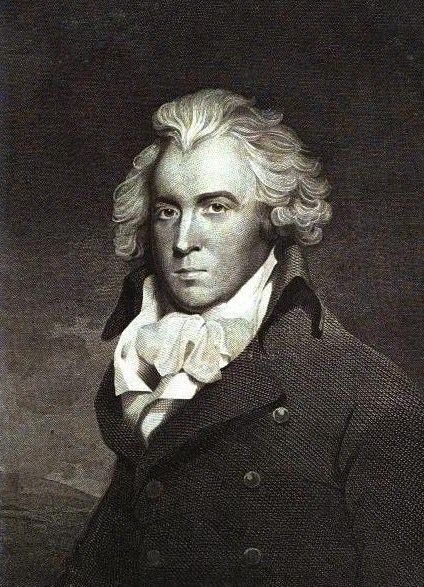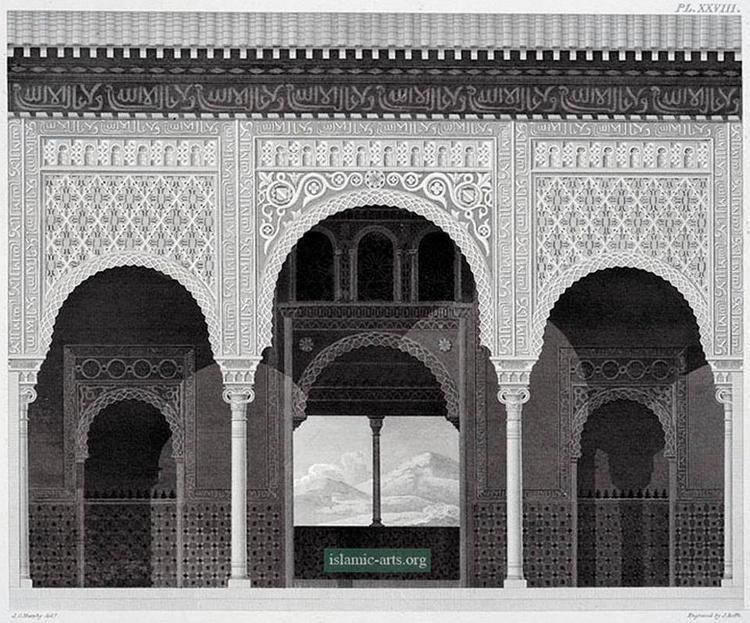Nationality Irish Occupation Architect | Name James Murphy Role Architect | |
 | ||
Books Arquitectura Gotica - Desenhos do Mosteiro da Batalha | ||
James Cavanah Murphy (1760–1814) was an Irish architect and antiquary.
Contents

Life
Murphy was born at Blackrock, Cork, and was originally a bricklayer. He made his way to Dublin to study, and his name appeared in a list of the pupils of the drawing school of the Dublin Society about 1775, as working in miniature, chalk, and crayons. Later he practised in Dublin. In 1786 he was one of seven architects who were consulted on additions to the House of Commons, and he and another carried out the execution of James Gandon's design for the work.
In December 1788, William Burton Conyngham commissioned Murphy to make drawings of Batalha Monastery in central Portugal. He was back in Dublin in 1790, and was in England at the end of the year. In 1802, he went to Cadiz, where he remained for seven years studying Moorish architecture, with some diplomatic duties.
Settling again in England in 1809, Murphy took out a patent in 1813 for a method of preserving timber and other substances from decay. He spent his time in preparing his notes on Moorish architecture for the press, but died on 12 September 1814 in Edward Street, Cavendish Square, London (later Lower Seymour Street), when only part of his major book had been published.
Works
Murphy's published works were:
Thomas Crofton Croker mentioned that Murphy left a large collection of notes and drawings. A large folio volume of his drawings of arabesque ornaments went to the library of the Royal Institute of British Architects.
Family
Murphy was unmarried, and his estate of £5,000 was administered in November 1814 by his sister, Hannah, wife of Bernard McNamara.
